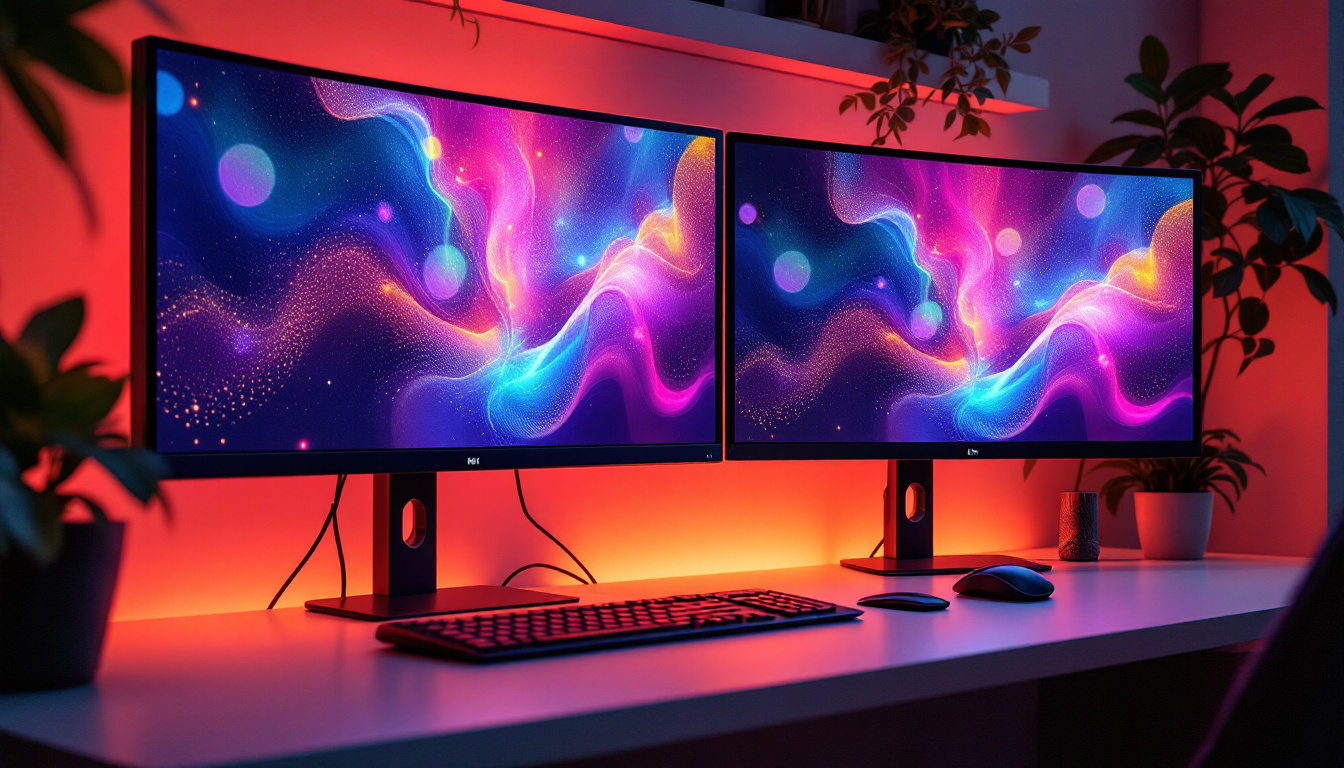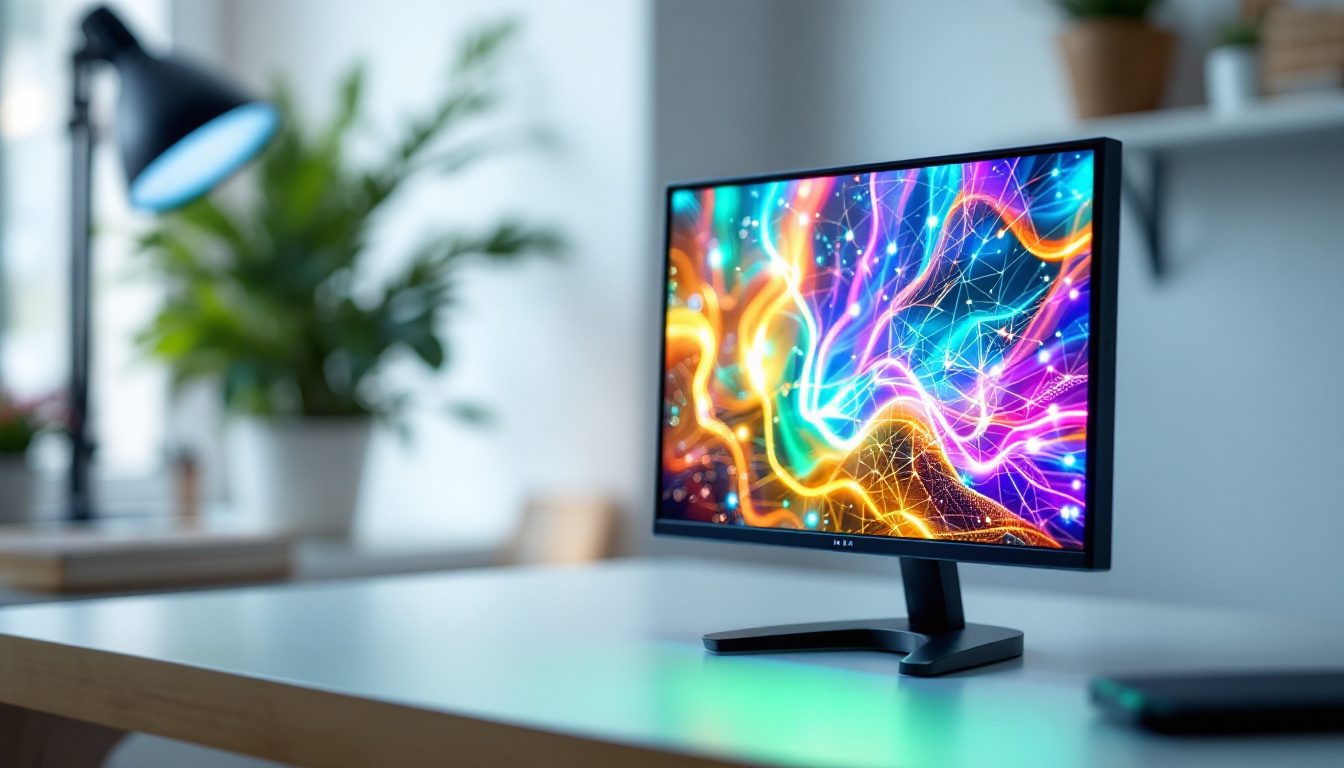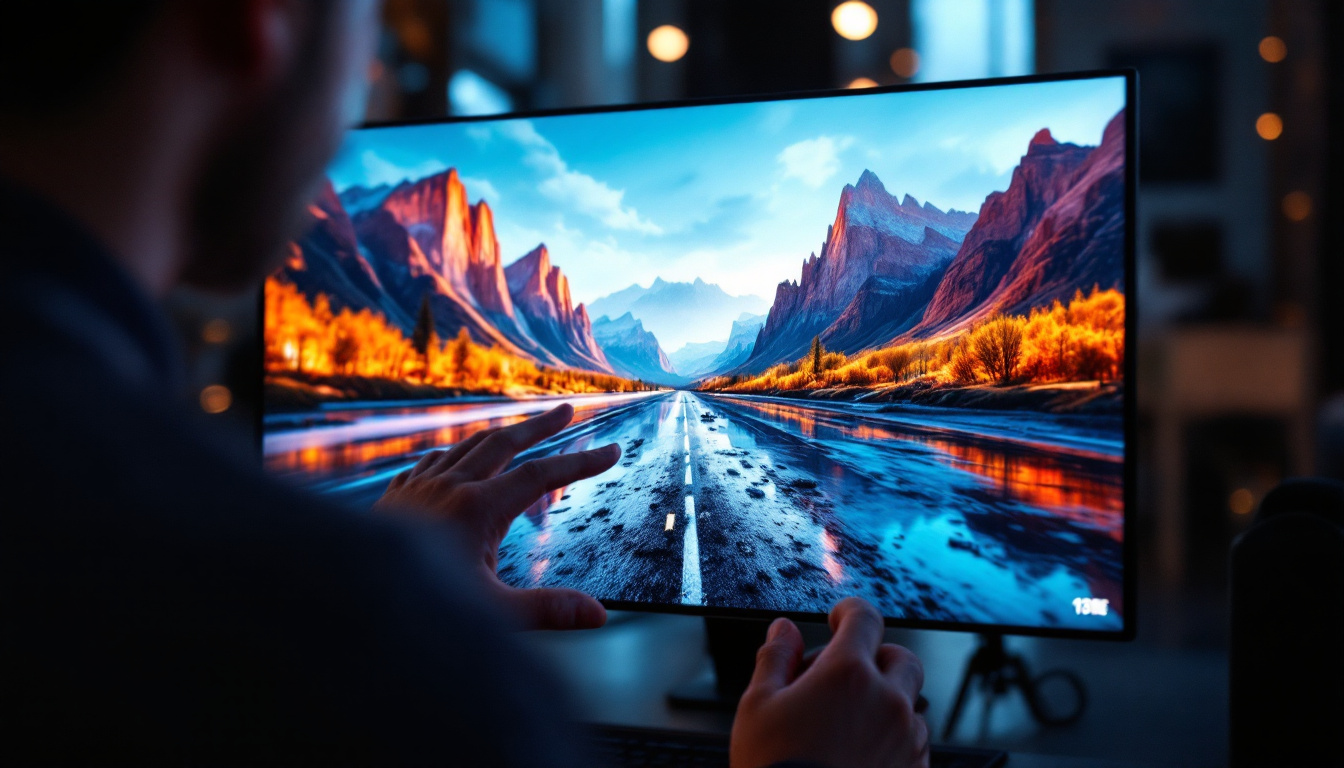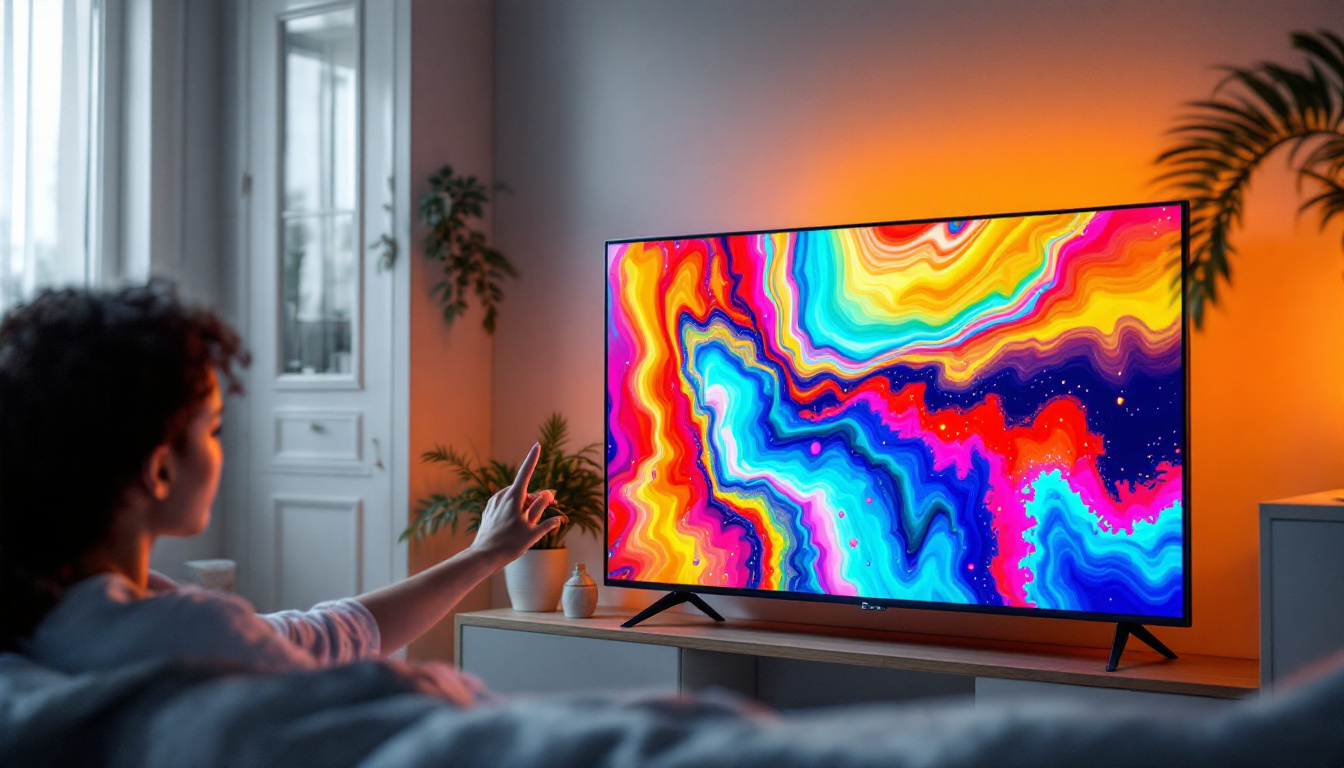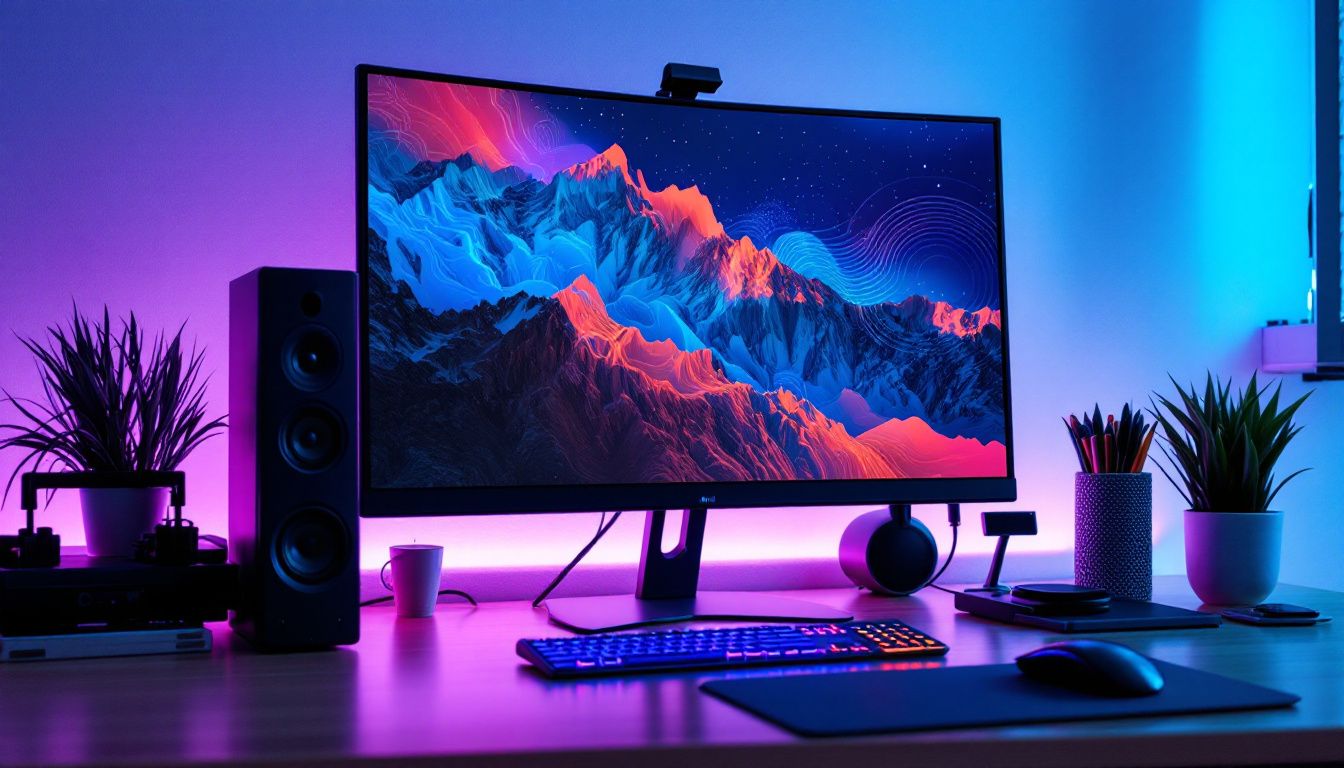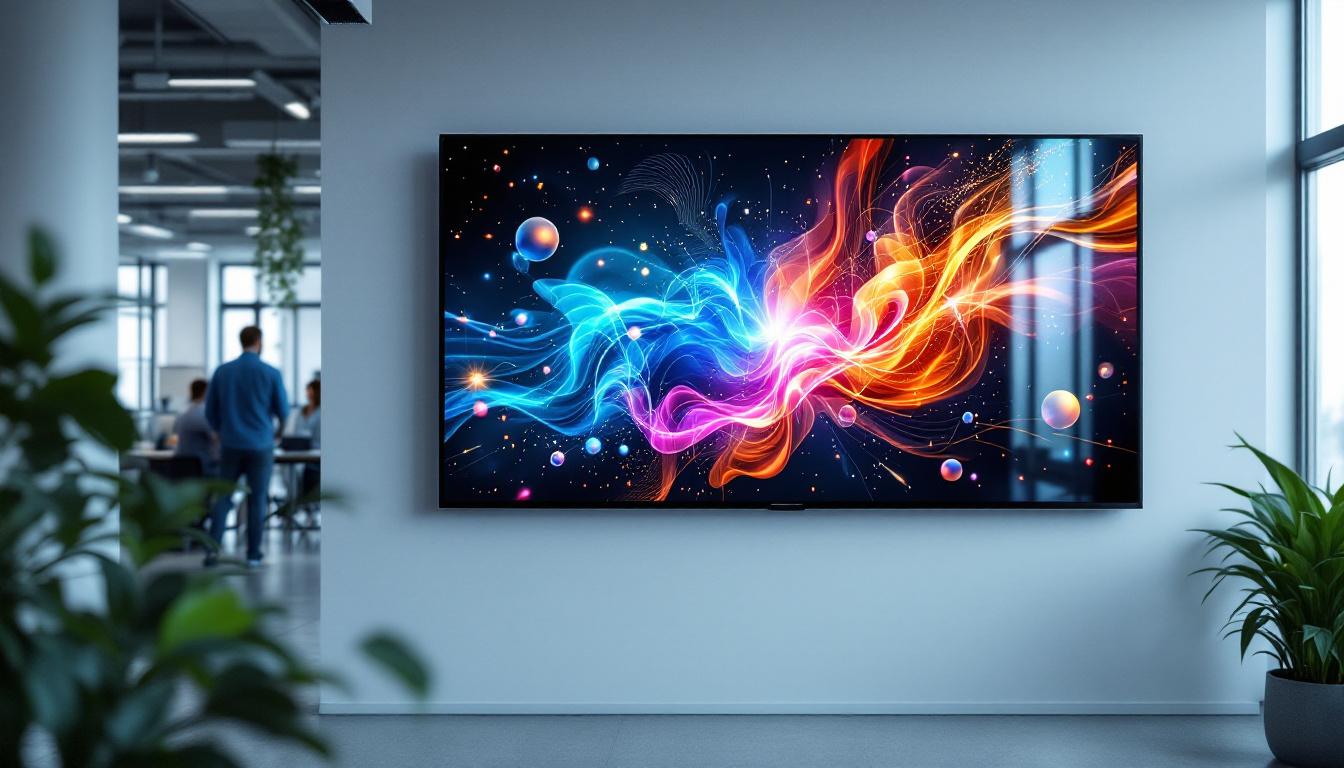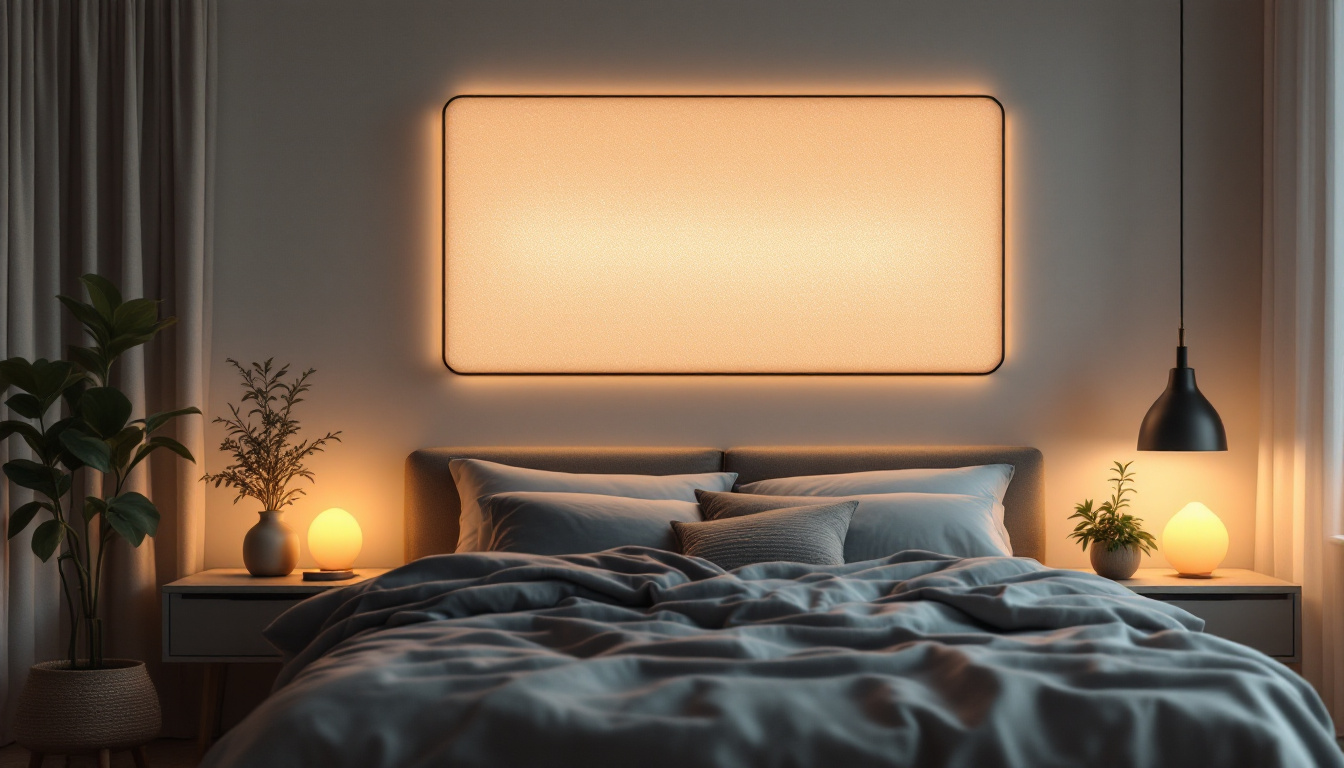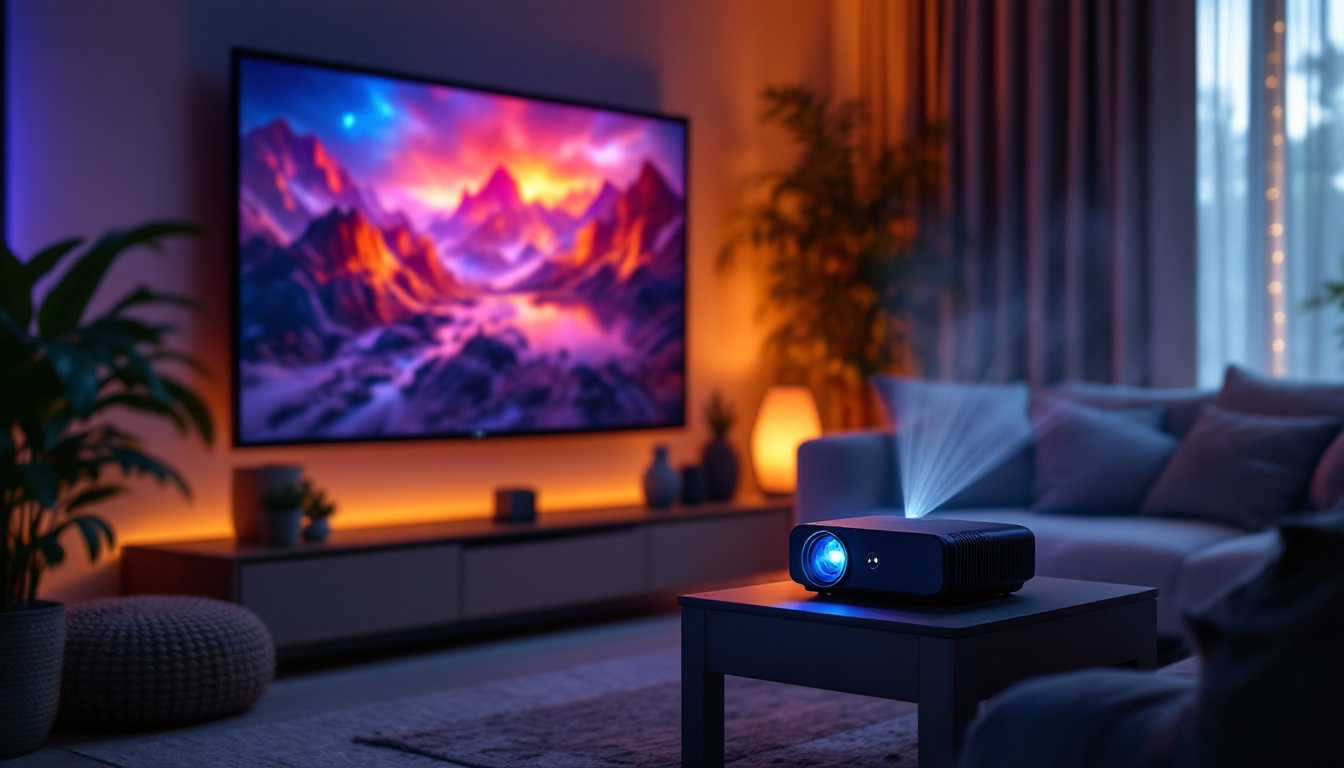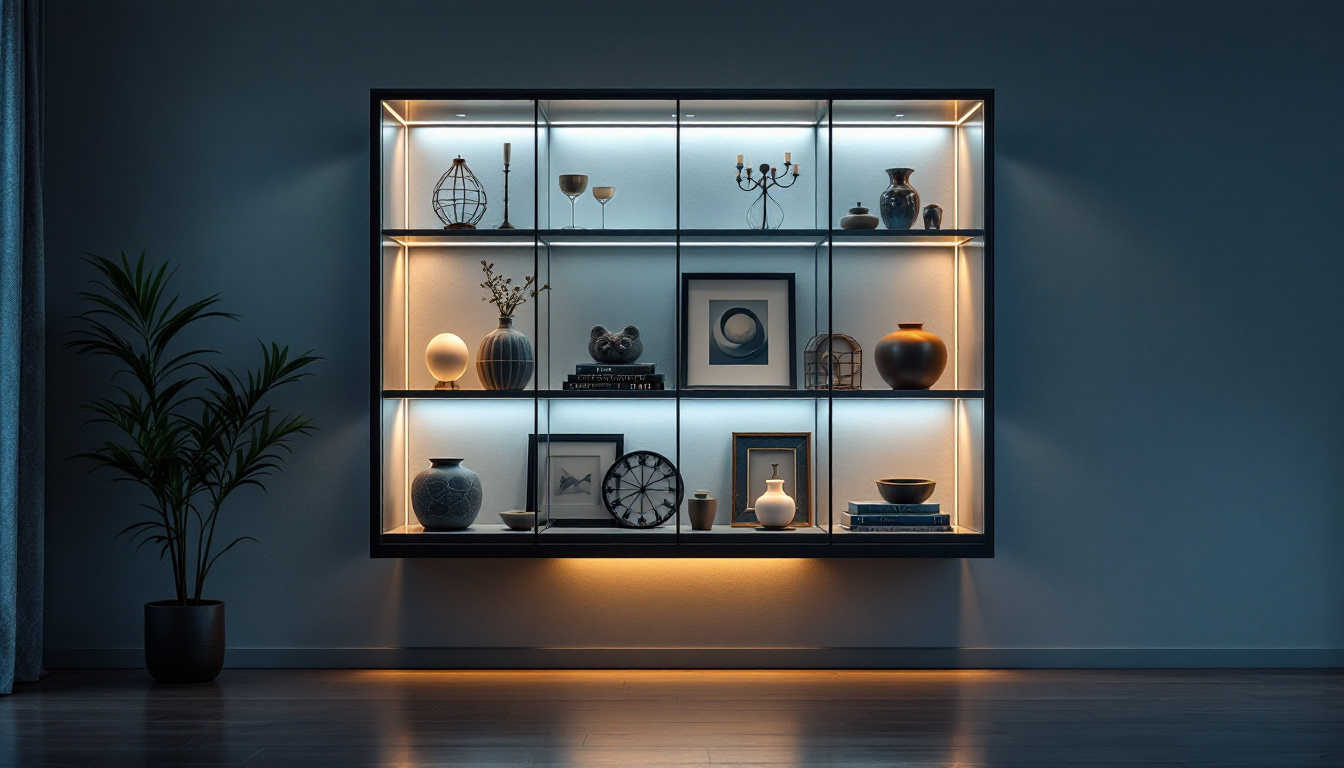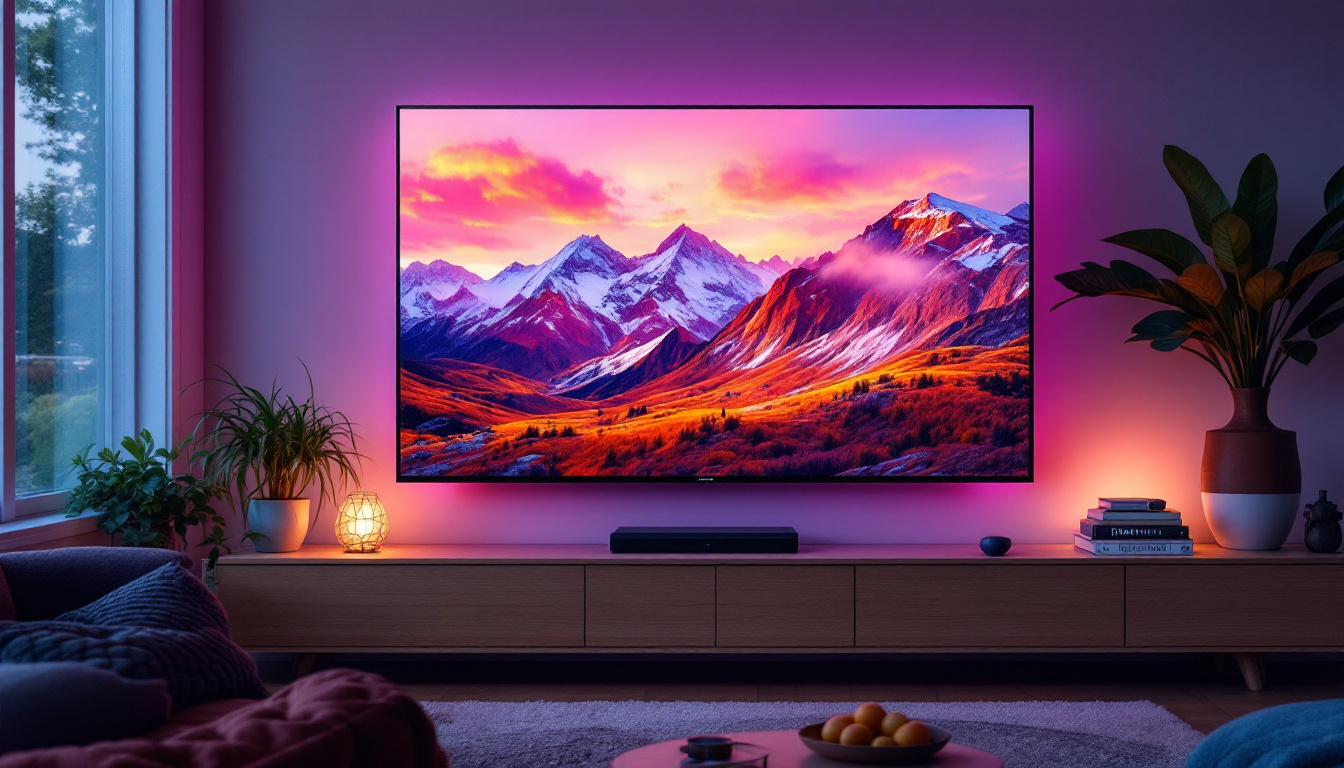In today’s digital age, the way we interact with technology has evolved significantly. One of the most impactful changes has been in the realm of computer monitors. With the rise of dual wall mounts, users are now able to optimize their workspace, enhance productivity, and improve ergonomics. This article delves into the intricacies of dual wall mounts for LED displays, exploring their benefits, installation processes, and considerations for choosing the right setup.
Understanding Dual Wall Mounts
A dual wall mount is a device designed to hold two monitors securely on a wall, freeing up valuable desk space and providing an aesthetically pleasing setup. This configuration is particularly popular among professionals who require multiple screens for multitasking, gaming enthusiasts, and creatives who thrive on having expansive visual real estate. The rise in remote work and digital collaboration has further fueled the demand for dual monitor setups, as individuals seek to create efficient and productive home office environments.
Benefits of Dual Wall Mounts
Utilizing a dual wall mount offers numerous advantages. Firstly, it maximizes desk space, allowing for a cleaner and more organized work environment. By elevating monitors off the desk, users can reclaim valuable surface area for other essential tools and accessories. This can include items like notebooks, plants, or even a dedicated coffee station, which can contribute to a more enjoyable workspace.
Secondly, dual wall mounts enhance ergonomics. They allow users to adjust the height and angle of each monitor, promoting better posture and reducing strain on the neck and eyes. This can lead to increased comfort during long hours of work or gaming. Furthermore, many dual wall mounts come equipped with cable management systems that help keep cords organized and out of sight, further contributing to a tidy and professional appearance.
Lastly, dual mounts can improve productivity. With two screens, users can easily multitask, keeping multiple applications open simultaneously. This is particularly beneficial for tasks such as coding, graphic design, or data analysis, where having multiple sources of information visible at once can significantly streamline workflow. Additionally, the ability to compare documents side by side or reference research while working on a project can enhance efficiency and creativity, making dual wall mounts an invaluable asset for many users.
Types of Dual Wall Mounts
When considering a dual wall mount, it’s essential to understand the different types available on the market. Fixed mounts are the simplest option, holding monitors in a stationary position. While they are often the most affordable, they lack flexibility in terms of adjustment. Fixed mounts are ideal for users who have a designated viewing angle and do not require frequent repositioning of their screens.
Articulating mounts offer greater versatility, allowing users to tilt, swivel, and extend their monitors. This flexibility can be particularly advantageous for collaborative workspaces where multiple users may need to view the screens from different angles. These mounts can also accommodate varying monitor sizes and weights, making them a popular choice for those who may upgrade their equipment in the future.
Lastly, there are full-motion mounts, which provide the highest level of adjustability. These mounts allow users to move their monitors in virtually any direction, making them ideal for dynamic work environments or for users who frequently change their viewing position. Full-motion mounts are particularly beneficial for gamers who may want to adjust their screens for optimal viewing during intense gaming sessions, or for professionals who need to shift their focus between presentations and collaborative discussions. With the right dual wall mount, users can create a customized setup that enhances their overall experience and efficiency.
Installation Process
Installing a dual wall mount may seem daunting, but with the right tools and guidance, it can be a straightforward process. Proper installation ensures the safety and stability of the monitors, preventing potential damage or accidents. A well-installed dual wall mount not only enhances your workspace but also optimizes your viewing experience, allowing for better ergonomics and reducing neck strain during prolonged use.
Tools Required
Before beginning the installation, gather the necessary tools. Typically, you will need a stud finder, a level, a drill, a screwdriver, and a measuring tape. Having these tools on hand will streamline the installation process and ensure accuracy. Additionally, consider having a pencil for marking measurements and a helper to assist with lifting and positioning the monitors, especially if they are large or heavy. This teamwork can make the installation smoother and more efficient.
Steps for Installation
The first step in installing a dual wall mount is to determine the ideal location on the wall. Use a stud finder to locate the studs, as mounting on these will provide the necessary support for the weight of the monitors. Mark the desired height and position for the mounts, keeping in mind the optimal viewing angle for your seated position. A height of around eye level is often recommended to reduce strain and enhance comfort during use.
Next, use the level to ensure that the mounts will be installed straight. This is crucial for aesthetic purposes and to prevent any strain on the mount itself. Once aligned, drill pilot holes into the studs and secure the mount using the provided screws. It’s advisable to double-check the alignment after drilling to ensure everything is still level before fully tightening the screws. This attention to detail will pay off in the long run, as it helps maintain the integrity of the installation.
After the mounts are securely attached to the wall, the next step is to attach the monitors. Most mounts come with VESA-compatible brackets that can be easily affixed to the back of the monitors. Once attached, carefully lift the monitors onto the wall mounts, ensuring they are securely locked in place. It’s a good idea to have someone assist you during this step, as it can be tricky to balance the monitor while aligning it with the mount. Once the monitors are in place, take a moment to adjust their angles for optimal viewing, ensuring that they are both comfortable and functional for your needs.
Finally, after everything is secured and adjusted, it’s wise to tidy up any cables that may be visible. Consider using cable management solutions, such as clips or sleeves, to keep cords organized and out of sight. This not only enhances the overall appearance of your setup but also reduces the risk of tripping hazards and keeps your workspace looking clean and professional. A well-organized setup can significantly improve your productivity and create a more enjoyable work environment.
Choosing the Right Dual Wall Mount
With a plethora of options available, selecting the right dual wall mount can be overwhelming. Several factors should be considered to ensure compatibility and functionality.
Monitor Size and Weight
One of the primary considerations when choosing a dual wall mount is the size and weight of the monitors. Each mount has a specified weight limit, and exceeding this limit can lead to failure. It’s crucial to check the manufacturer’s specifications to ensure that the mount can support the monitors being used.
Additionally, monitor size plays a significant role. Ensure that the mount is designed to accommodate the dimensions of the monitors. Most mounts will specify a range of compatible sizes, typically measured diagonally.
Adjustability Features
Consider the level of adjustability required for your workspace. If multiple users will be accessing the monitors, an articulating or full-motion mount may be the best choice. These options allow for easy adjustments, making it simple to change the viewing angle or position as needed.
For a more static setup, a fixed mount may suffice. However, keep in mind that fixed mounts offer limited flexibility and may not be suitable for all users.
Installation and Compatibility
Before purchasing a dual wall mount, verify that it is compatible with your wall type. Some mounts are designed specifically for drywall, while others may require additional support for concrete or brick walls. Understanding the installation requirements will help avoid complications during setup.
Furthermore, consider whether the mount includes all necessary hardware for installation. Some mounts come with additional features, such as cable management systems, which can help keep wires organized and out of sight.
Maintenance and Care
Once installed, maintaining a dual wall mount is essential to ensure its longevity and functionality. Regular checks can prevent potential issues and keep the workspace safe and efficient.
Regular Inspections
Periodically inspect the mount and monitors for any signs of wear or damage. Check the screws and brackets to ensure they remain tight and secure. Loose components can lead to instability, which may pose a risk to the monitors and the surrounding area.
Additionally, examine the wall where the mount is installed. Look for any signs of stress or damage to the wall, particularly if the mount has been in place for an extended period. Addressing any issues promptly can prevent more significant problems in the future.
Cleaning and Care
Keeping the monitors clean is essential for optimal performance. Use a microfiber cloth to gently wipe the screens, avoiding harsh chemicals that could damage the display. Regular cleaning not only enhances visibility but also prolongs the life of the monitors.
Furthermore, ensure that the area around the monitors is kept tidy. Clutter can lead to accidents and may obstruct airflow, which is crucial for preventing overheating.
Conclusion
In conclusion, a dual wall mount for LED displays is an excellent investment for anyone looking to enhance their workspace. The benefits of improved ergonomics, increased productivity, and a cleaner aesthetic are undeniable. By understanding the types of mounts available, the installation process, and the factors to consider when choosing the right mount, users can create a functional and visually appealing setup.
Regular maintenance and care will ensure that the dual wall mount remains a reliable part of the workspace for years to come. Whether for professional use, gaming, or creative endeavors, a dual wall mount can transform the way monitors are utilized, leading to a more efficient and enjoyable experience.
Discover LumenMatrix’s Advanced LED Display Solutions
Ready to take your workspace to the next level with a dual wall mount for LED displays? LumenMatrix is at the forefront of LED display technology, offering a wide range of innovative solutions that can transform your environment. From Indoor LED Wall Displays to Custom LED Display configurations, our products are designed to maximize your brand’s visibility and create immersive visual experiences. Elevate your professional or gaming setup today and check out LumenMatrix LED Display Solutions to see how we can enhance your visual communication and engagement.

